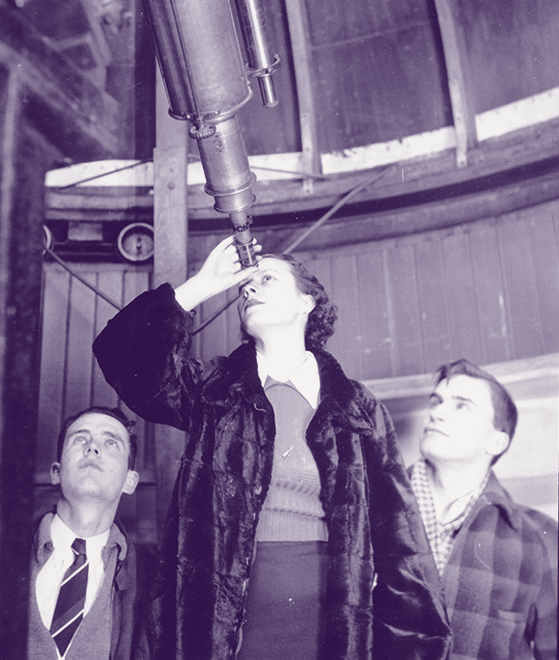

Sidharth Mahapatra '01
Omaha, Nebraska
Major in Biology
Sidharth is assistant professor of pediatrics in the Division of Critical Care Medicine at the University of Nebraska Medical Center, and he researches pediatric brain tumors.
Tell us about your work, your duties and responsibilities, prior to the COVID-19 pandemic.
I have dual appointments at the University of Nebraska Medical Center and the Children’s Hospital and Medical Center, Omaha as a Pediatric Intensivist. As such, I staff the Pediatric Intensive Care Units (PICU) at both locations.
At UNMC, we routinely care for patients: who have suffered traumas (only Level 1 trauma center for pediatrics in the state); who undergo single (kidney vs. liver) or multi-visceral organ (small bowel + liver + pancreas, only one of two programs in the country) transplants; and critically ill oncology patients (before and after bone marrow transplants or before and after brain tumor resection).
At CHMC, we run a mixed pediatric and cardiac critical care unit (60-40 split). I care for patients who have undergone heart surgeries, heart transplants, have heart failure as well as general pediatric patients who suffer critical illnesses, such as kidney failure, septic shock, severe acute respiratory distress syndrome from pneumonia, to name a few. I chose to come to UNMC precisely for this reason, i.e., I am actively involved in ALL aspects of pediatric critical care medicine, i.e., cardiac critical care, general pediatric critical care, post-transplant care, trauma, and oncology.
Aside from my clinical responsibilities, I am the Director of Research for the Division of Critical Care. In this role, I mentor the young faculty who have an interest in carving a research-based career in critical care; I actively engage in clinical trials through a collaborative group of ICUs (Pediatric Acute Lung Injury and Sepsis Investigators); I conduct my own bench research into the pathophysiology of pediatric brain tumors. To this end, I have a wet lab with two post-doctoral fellows, an appointment in the Department of Biochemistry at UNMC, and national funding through the Team Jack Brain Tumor Foundation along with local foundation funds from UNMC.
Has the pandemic changed your role at work, and if so, how?
The pandemic has not directly changed what I do since pediatric patients have been relatively spared by the pandemic. The incidence of hospitalizations for pediatric patients is ~5%, with critical illness being ~1%. Mortalities, thankfully, have been few and far between. That said, the pandemic has given me the opportunity to leverage my research experience and national involvement to serve as the site expert in the management of COVID-induced respiratory critical illness and to avail of research opportunities in the investigation of COVID pathophysiology.
I took care of a presumed COVID-positive patient in our ICU last week and had the opportunity to generate and finalize our workflow for obtaining emergency use/compassionate use approval from the FDA for the antiviral, Remdesivir. I also attend a weekly international collaborative meeting on COVID in the pediatric population, organized by Boston Children’s Hospital and attended by representatives from over 90 different PICUs worldwide; I also contribute to a national survey on COVID management practices deployed by PALISI. Taken together, I remain actively engaged in the community of pediatric critical care, keeping up-to-date on the management of COVID-related critical illness, educating my group on what I learn through my international collaboratives, and expect to get involved in research investigating COVID-related pathophysiology.
More broadly, how is the pandemic affecting what you see at work on a regular basis, e.g., employee workloads, the number of patients seeking help?
Nebraska has thankfully not been hard-hit like some of our states. Within this cohort, there are only two positive pediatric patients and no pediatric deaths. Across our state, medical facilities are working collaboratively to share resources, including PPE, testing capabilities/opportunities, ventilators, etc. So, we’re in good shape to continue to tackle this pandemic should we continue our social distancing practices.
Interestingly, the pandemic has reduced our workload both in acute care and critical care settings. Telehealth has taken a stronger hold in outpatient settings and we are seeing an overall decline in all-cause admissions. This is also owed to a shift in surgical procedures to only life-threatening procedures. Census being low has thus impacted the employee work pool of active providers with non-essential staff being asked to stay home. While this brings into jeopardy overall hospital revenue which may eventually trickle down to the providers, our leadership has assured us of stability through government relief packages. These contrarian challenges, from say, New York, are a reminder that different areas are being affected by this pandemic in unique ways.
That said, we have yet to see our peak; I’m hopeful that our preparedness will come through when the time comes. Despite these stresses, the attitude has been positive and proactive. We are all simply grateful that we have the opportunity to impact the care and survival of our most fragile patients during this difficult time.
What is a fact and/or piece of advice you can offer to people to help them understand what is happening and how they should respond to maintain their health as well as they can?
At this critical time in our country’s history, the pandemic has yet to peak nationwide. As Dr. Fauci has recommended with social distancing practices, we have to do everything in our power to “flatten the curve.” Of note, flattening the curve does not eliminate or reduce the total numbers of affected patients. Instead, it distributes it out over time so that our medical resources can meet the demand for patient care as cases peak in different states.
The pandemic has also taught us that while pediatric patients are not at high risk, our elderly, chronically ill, and even some young and seemingly fit individuals are all at high risk. While we work feverishly to understand risk factors, pathophysiology, and mitigation factors, one thing remains certain—engaging in proper hand hygiene, social distancing, self-monitoring, and strict quarantining (with symptoms) are the most effective means to keep ourselves, our loved ones, and the most fragile parts of our society safe.
Social distancing, however, should not lead to social isolation. A better term used by some psychologists is distant socializing. It is imperative that we, as a social species, continue to remain connected, through all the available social media outlets out there. Conducting regular meet-ups with friends, families, and the like will enable our minds to appropriately adjust to these extreme isolating measures that have been taken to fight this pandemic.
Is there any way in which your Knox education has helped you adapt to the current moment?
Knox taught me one simple thing—how to adapt to a changing environment. I attended Knox after graduating from high school in Bangkok, Thailand. So, in a sense, I was socially distanced from my security blankets, i.e., my home and my family. Everything was new through this dramatic change, and everything was at first a little scary.
That said, I was not alone and most of the international students shared my sentiments, apprehensions, and fears. Thus, through that seeming adversity of social distancing, we learned to be resilient and creative. We forged lifelong friendships; developed international relief efforts; participated in regular expressions of our culture; and strove for excellence in our education.
Through this transformational process, that involved as much out-of-classroom experiences, I feel I developed the skillset and mindset I needed to facilitate moving through this pandemic. Luckily, my wife (Namratra Samtani) is also a former Knox graduate from my class. And I’m sure she’d agree that our formative experiences at Knox College have played an important role in the way with which we have tackled the current situation.
What are you looking forward to once life returns to something more closely resembling "normal”?
I believe we have come upon a new “normal”. This pandemic has reminded us about the importance of staying connected and staying safe; they have also provided us with unique ways to do these while reiterating age-old recommendations. We are engaging in much more prudent hygiene and distancing practices that I hope will mitigate seasonal infections affecting our population. We have begun to understand that there are multiple ways of being productive, that working from home or away from a formal office setting can be just as, if not more, efficacious in our overall productivity. We have learned the true meaning of spending quality time with our loved ones and in the wisdom of not rushing through life busy in activities every moment of the waking day. So, I am looking forward to us, species-wide, applying these valuable lessons this pandemic has taught us in our new “normal.”

